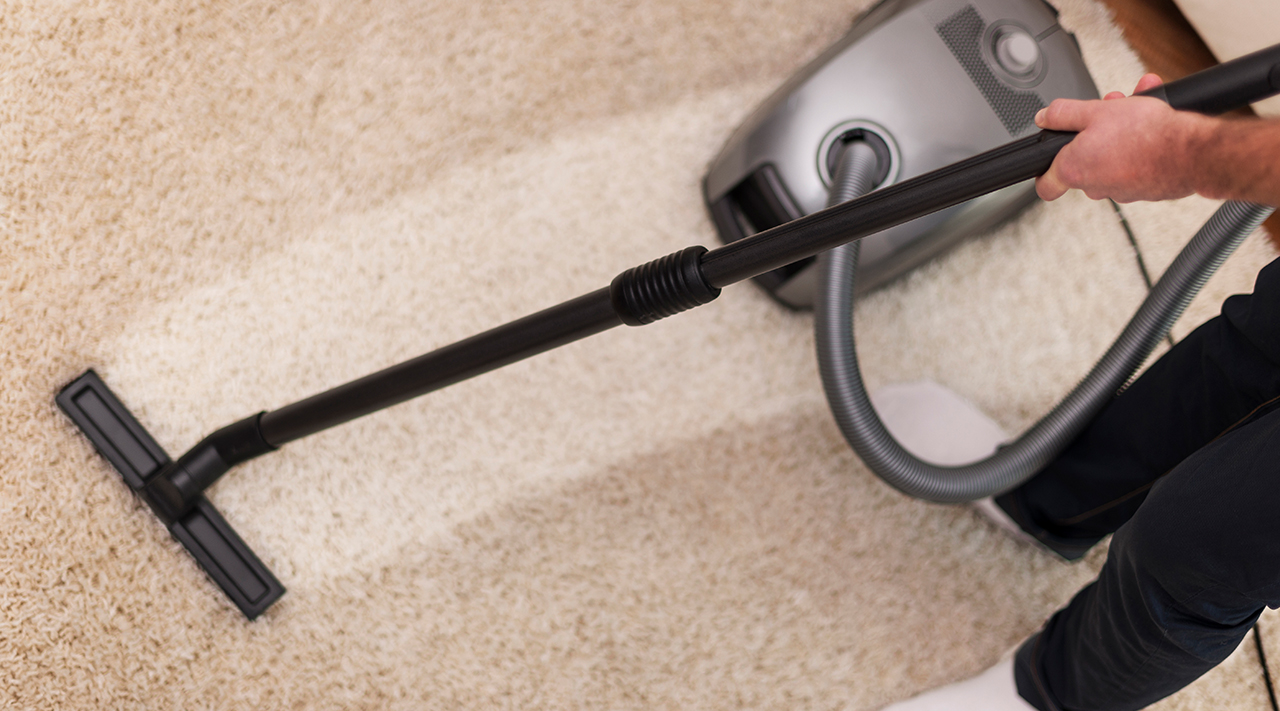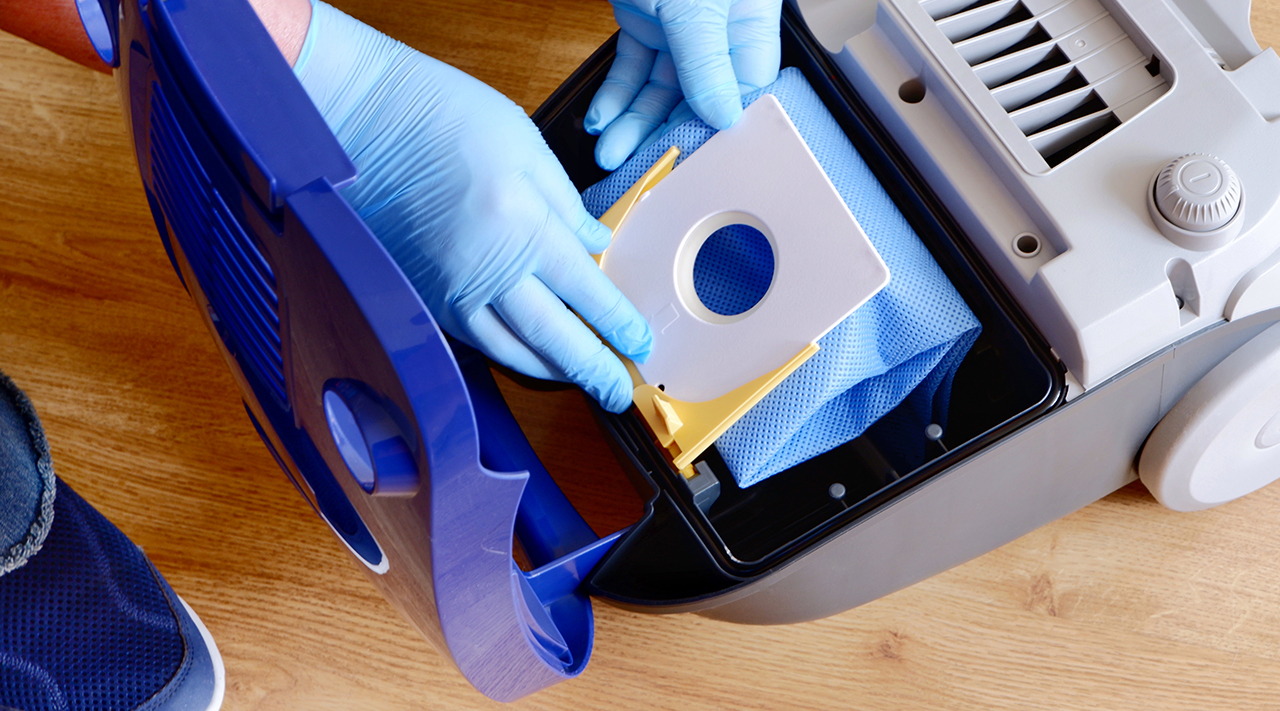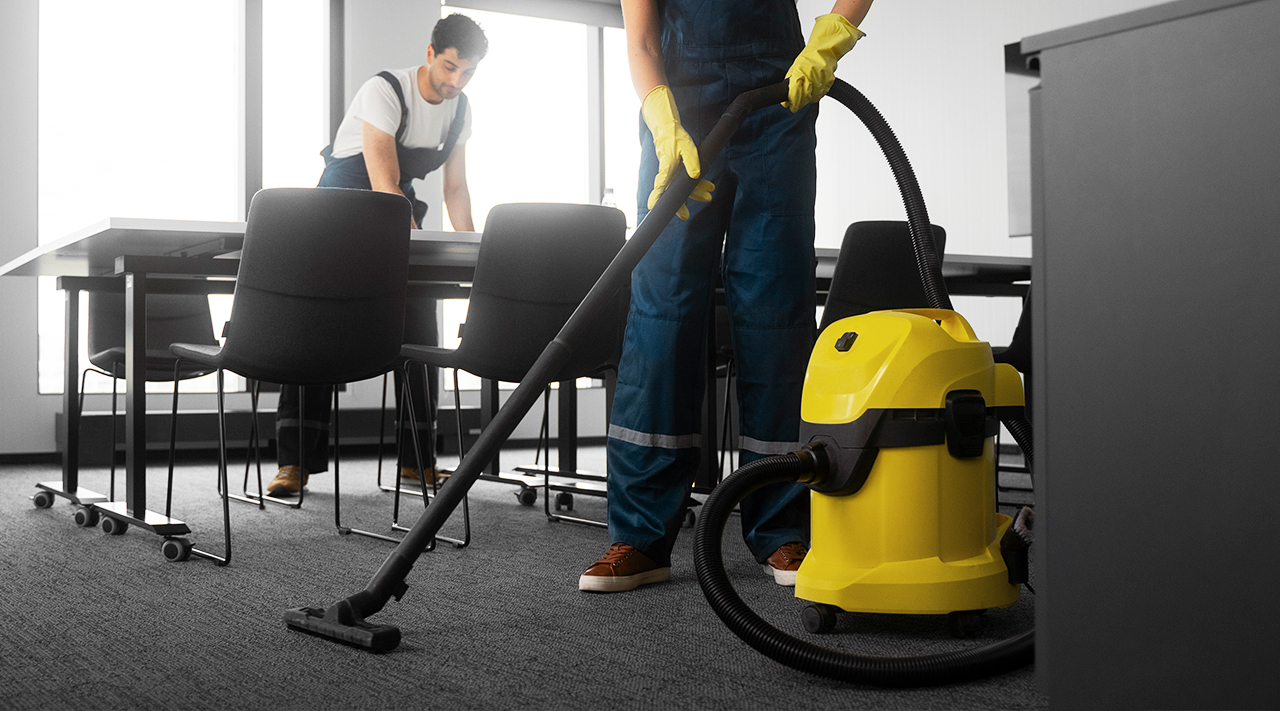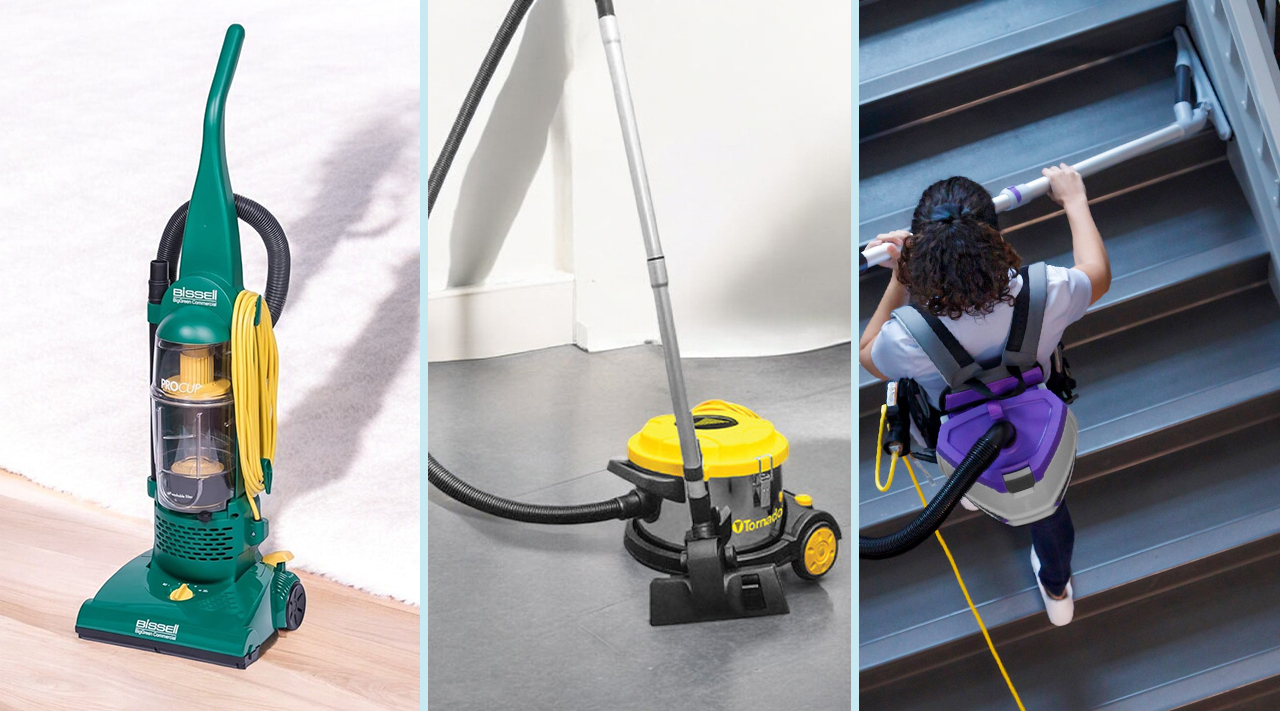In today’s business world, cleanliness isn’t just about maintaining a healthy environment; it also reflects your professional image. Having the right commercial vacuum is key to achieving this.
But with so many models on the market, it’s natural to wonder what is the best vacuum cleaner for your needs. From finding a heavy duty vacuum cleaner for commercial environments to comparing options that also resemble the best vacuum cleaner for home, choosing the right model depends on how and where it will be used.
This guide walks you through the essential factors to consider—from vacuum types to key features—so you can confidently select the best vacuum cleaner for your space and cleaning demands.
Evaluating Your Needs: Space and Type of Debris
Before purchasing a commercial vacuum, it’s essential to assess your cleaning requirements. Ask yourself the following questions:
What is the size of the area?
Larger spaces like hotel lobbies require vacuums with a wide cleaning path, while smaller areas may need more maneuverable options like canister vacuums.
Are there obstacles or furniture?
If your space has lots of furniture, you’ll need a vacuum that can easily clean around and under it.
What type of debris will you be cleaning?
Whether it’s dust, pet hair, or construction debris, understanding your environment’s needs will help you choose between upright, canister, or wet/dry vacuums.
How frequently will you be cleaning?
For frequent cleaning in high-traffic areas, you’ll need a durable, heavy-duty vacuum.
3 Types of Commercial Vacuums
The commercial vacuum market offers a wide range of options, including upright, canister, and backpack vacuums. Here’s an overview of each type:
1. Upright Vacuums
- Best for: Large, flat carpeted areas.
- Why choose it? Known for powerful suction and a wide cleaning path, upright vacuums are highly effective for commercial use in broad, open spaces.
- Top Choice: Bissell 13.5" ProCup Upright Vacuum is lightweight, powerful, and great for large spaces with both carpet and hard floors.
2. Canister Vacuums
- Best for: Areas with furniture and obstacles.
- Why choose it? Canister vacuums offer flexibility and can easily reach under furniture and into tight corners.
- Top Choice: Tornado TV 2 SS Canister Vacuum is ergonomic and portable, making it ideal for furniture, stairs, and other tricky spots.
3. Backpack Vacuums
- Best for: Cleaning stairs and hard-to-reach areas.
- Why choose it? Backpack vacuums offer excellent mobility and are well-suited for large buildings.
- Top Choice: ProTeam Super Coach Pro 10 Backpack Vacuum is versatile, lightweight, and great for covering large areas while navigating stairs and tight spaces.
Specialized Options
- Bagless Commercial Vacuums: Cost-effective and eco-friendly, eliminating the need for replacement bags. We recommend the Bissell AirRam Cordless Vacuum, which features an easy-empty dirt bin for mess-free disposal.
- Vacuum & Mop Combo: These models vacuum and mop in one device, reducing the need for multiple tools. We recommend the Bissell FloorWash All In One Vacuum & Mop, which is compact, powerful, and easy to maneuver.
- Lightweight Commercial Vacuums: Designed for comfort and quick cleaning. We recommend the Bissell BigGreen Commercial Manual Floor Sweeper, which has rubber wheels that conform to many floor surfaces.

5 Key Features to Look For in the Best Vacuum Cleaner
Choosing the right commercial vacuum cleaner requires understanding the essential features that match your cleaning needs. Here are some key aspects to consider:
1. Power and Suction
- Look for higher wattage if you need stronger suction, but balance power with energy efficiency.
2. Filtration System
- HEPA filters are recommended because they trap 99.97% of allergens and fine particles—important when air quality is a priority.
3. Bagged vs. Bagless
- Bagged models reduce exposure to dust when emptying, while bagless models are more cost-effective and eco-friendly.
4. Corded vs. Cordless
- Corded vacuums provide consistent power; cordless vacuums offer flexibility for large or open spaces.
5. Attachments and Accessories
- Useful attachments like crevice tools and upholstery brushes improve versatility across surfaces.
Ergonomics, Practicality, and Long-Term Value
When choosing a commercial vacuum, consider how ergonomic and practical the model is for long-term use:
1. Ergonomics
- Adjustable handles and straps reduce strain and improve comfort during extended use.
2. Practicality
- Some models include smart features like scheduling via mobile apps. These aren’t necessary for every business but can help in large facilities.
3. Long-Term Value
- Factor in maintenance, replacement parts, and energy consumption. A more durable model may save money over time.

Maintenance Tips to Ensure Longevity
Proper maintenance is key to extending the life of your vacuum:
1. Check Bags and Filters Regularly
- Keep bags or dust bins empty for optimal suction. Clean or replace filters as needed.
2. Inspect Belts and Brushes
- Inspect belts for wear and keep brushes free of debris.
3. Clear Hoses and Attachments
- Check hoses periodically for clogs that can reduce suction.
Safety Considerations
Using a commercial vacuum comes with some safety considerations:
1. Electrical Safety
- Inspect cords regularly and avoid using vacuums with frayed or overheating cords.
2. Handling and Lifting
- Use proper lifting techniques, especially with heavy-duty vacuums.
3. PPE for Hazardous Environments
- In industrial settings, operators should wear appropriate safety gear when vacuuming harmful debris.
Budget Considerations: Balancing Cost and Quality
Finding the right balance between cost and quality is essential:
Market Trends
- The commercial vacuum market is growing, with new features and pricing improvements. Watch trends to make informed decisions.
Long-Term Costs
- Consider replacement parts and energy consumption. Buying in bulk for franchises or large facilities may reduce costs.

Choosing the Right Commercial Vacuum
Selecting the best commercial vacuum cleaner comes down to understanding your business needs and balancing performance with long-term value. Whether you’re looking for a powerful upright vacuum or a lightweight backpack model, the key is to focus on features like suction power, filtration, and ease of use. Prioritize durability and ergonomics to ensure that your investment serves your business efficiently for years to come.
Ready to upgrade your cleaning equipment? Explore Zogics’ selection of top-rated commercial vacuums designed for gyms, facilities, and professional cleaning environments, and find the perfect fit for your business today.



